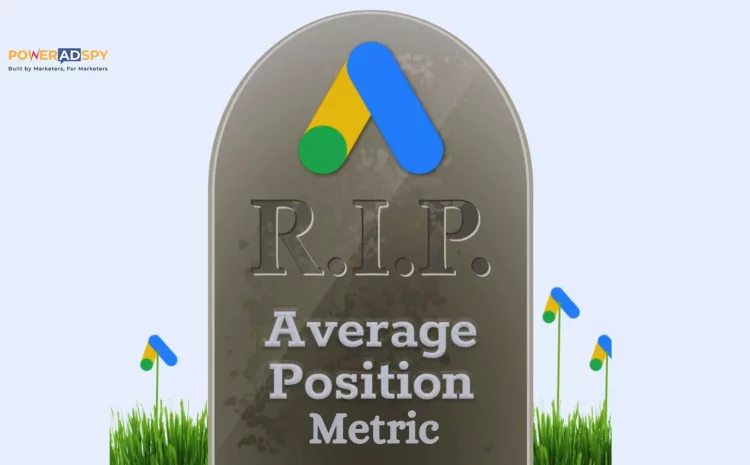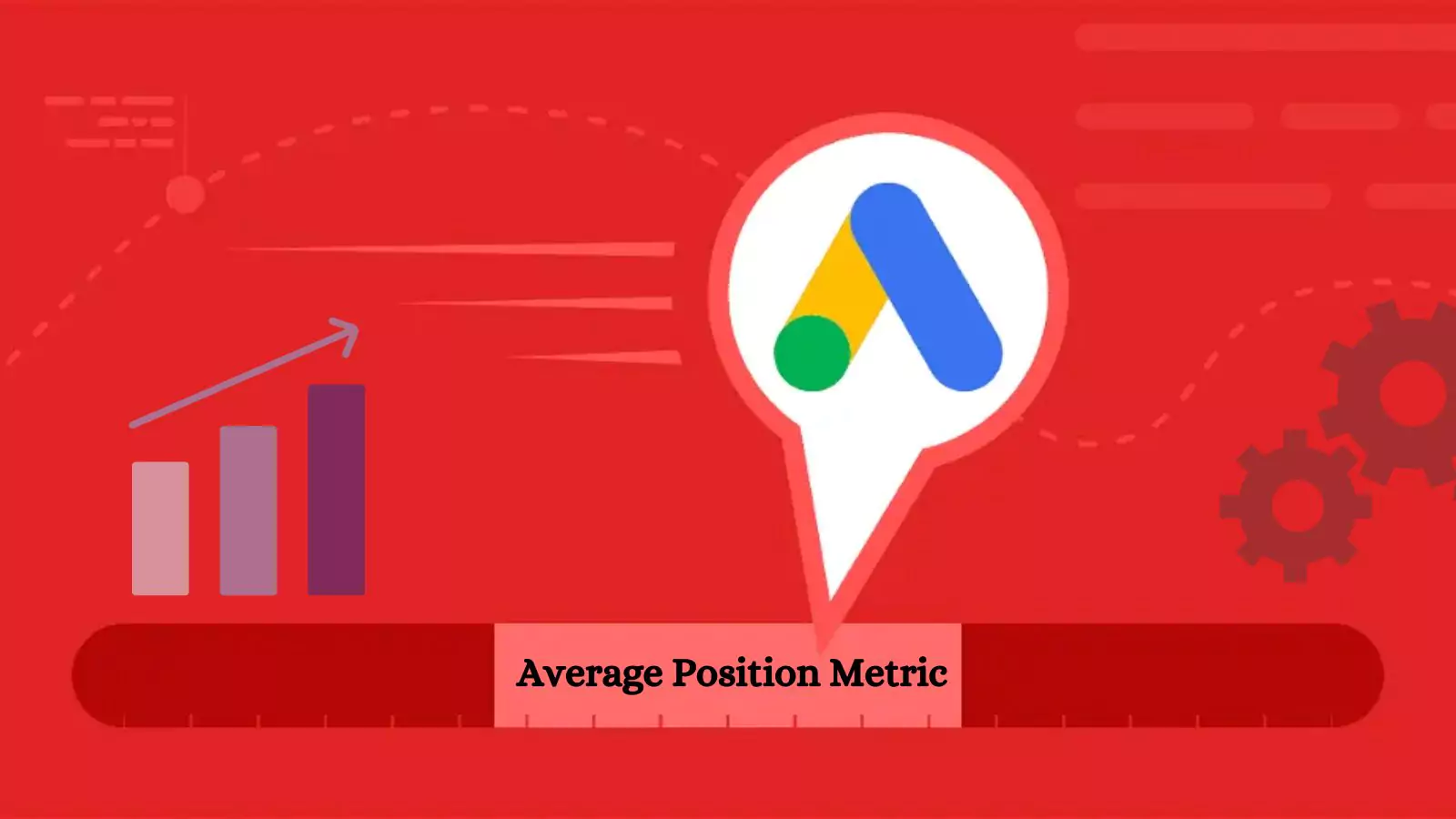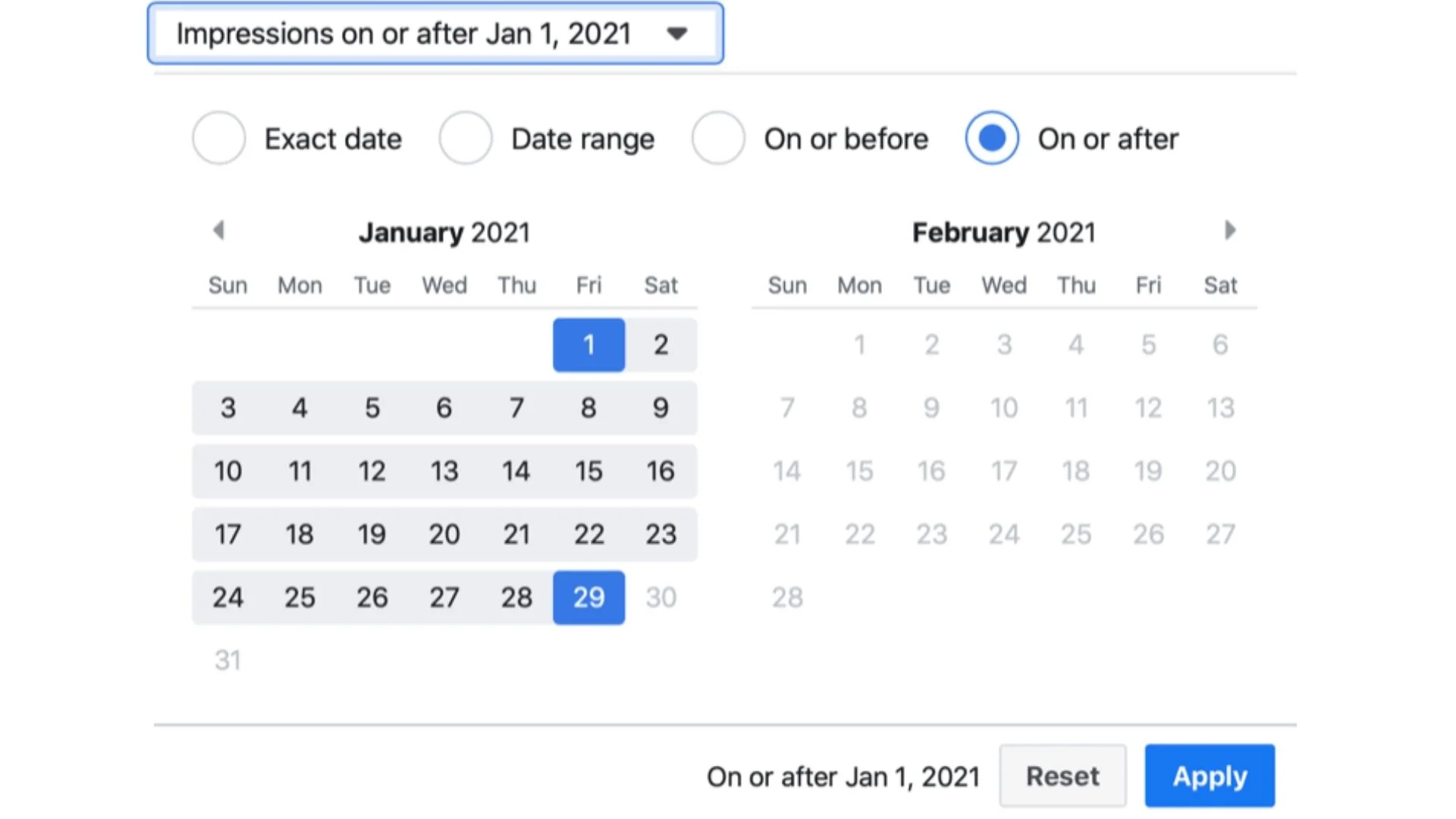Average Position Metric: Things You Need To Know!
Have you heard the buzz about bidding farewell to the average position metric in the world of online advertising? If not, don’t worry! We’re here.
The average position metric has long been a staple in understanding where your ads show up on search engine results pages. However, recent changes in advertising platforms like Google Ads have led to its retirement. But what does this mean for advertisers like you?
In this blog post, we’ll dive into everything you need to know about this shift, why it’s happening, and how it impacts your advertising strategy. So, let’s embark on this journey together and unravel the mysteries behind bidding adieu to the average position metric!
In a hurry? Listen to the blog instead!
What Do You Understand About The Google Ads Average Position Metric?
The average position metric is sunsetting, but there’s nothing to fear… New metrics would be presented by the search engine. With these metrics, your ads will be audited based on sales performance and search engine results page results.
This means that now you need to watch out for ad impression rate also along with the rank of your website.
This latest ad metric may appear to be a little complicated, but believe me… it’s not! The value of this metric indicates the number of times a particular ad is displayed on top of the search engine results or other websites of Google. Every time your advertisement appears on either Google or any other website in its nexus, it’s enumerated as 1.
Top Impression Rate
The Absolute Top Impression Rate represents how often your ad appears as the very first result on a search engine results page (SERP) compared to its total display frequency. It essentially measures the frequency of your ad occupying the absolute top position. If your ad appears as the first result 30 times out of 100 total impressions, your Absolute Top Impression Rate would be 30%. This metric is crucial for assessing the prominence and visibility of your ad, offering insights into its performance at the peak of search results.
Top Impression Share
Absolute Top Impression Share
The transformation is going to happen soon so you need to be prepared for the same. I have listed out some of the top ways you can consider to endure the storm.
Review the novel metrics straight off
Why wait for September to know the newly introduced metrics? There is enough time now that you can utilize to become familiar with these metrics. Try contemplating these metrics at this instant and get to know what executes better on diverse artifices. By doing so, you’ll be all set to welcome the replacement of average position metrics with all your heart.
Emphasize your audience
The purpose of new metrics for Google ads is rather simple. It is meant to improve the searchers undergo.
Now the question arises, “How can you conquer these modern metrics?”
Make your ads pertinent to the search objective. You need to understand what are the desires of your audience and work per it. Study your audience’s behavior get to know them and make improvisations in your strategy.
Read More,
How To Monitor Ad Budget For Optimal ROI?
Competitor PPC Analysis: 7 Powerful Reasons To Explore
Benefits Of The New Average Position Metric For Advertisers
For advertisers, the way they create search ads would greatly be influenced.
There’s enough time to get familiar with the new metrics. Google is not ready to back off. So just consent to it and be ready for the change. Develop a deep comprehension of the latest Top and Top Absolute metrics and optimize your ad strategy.










